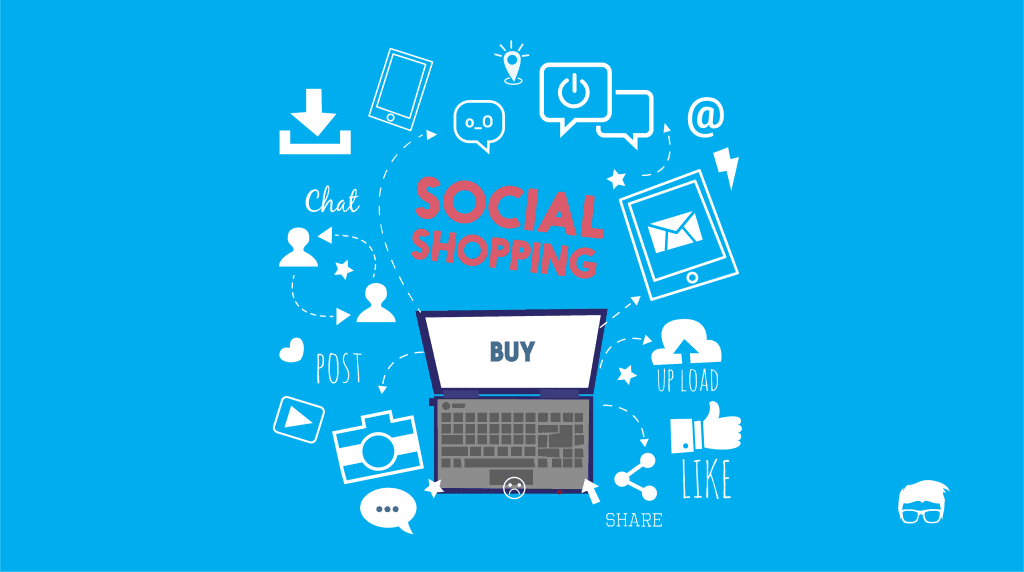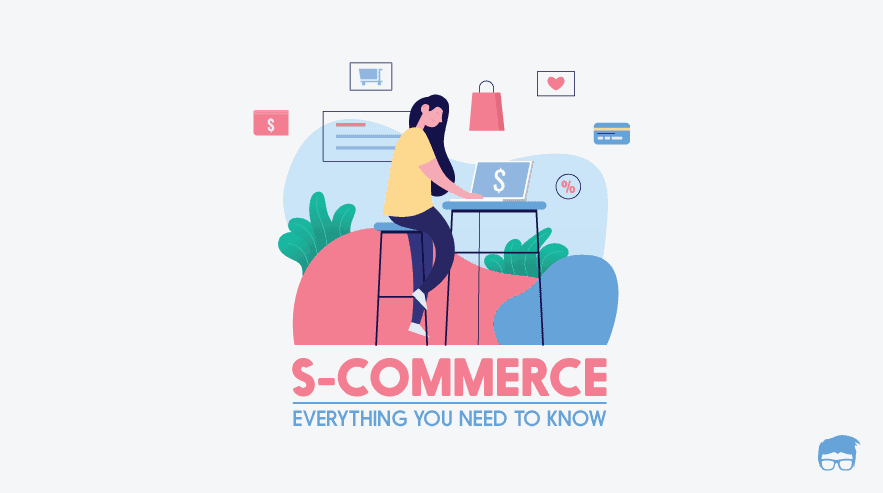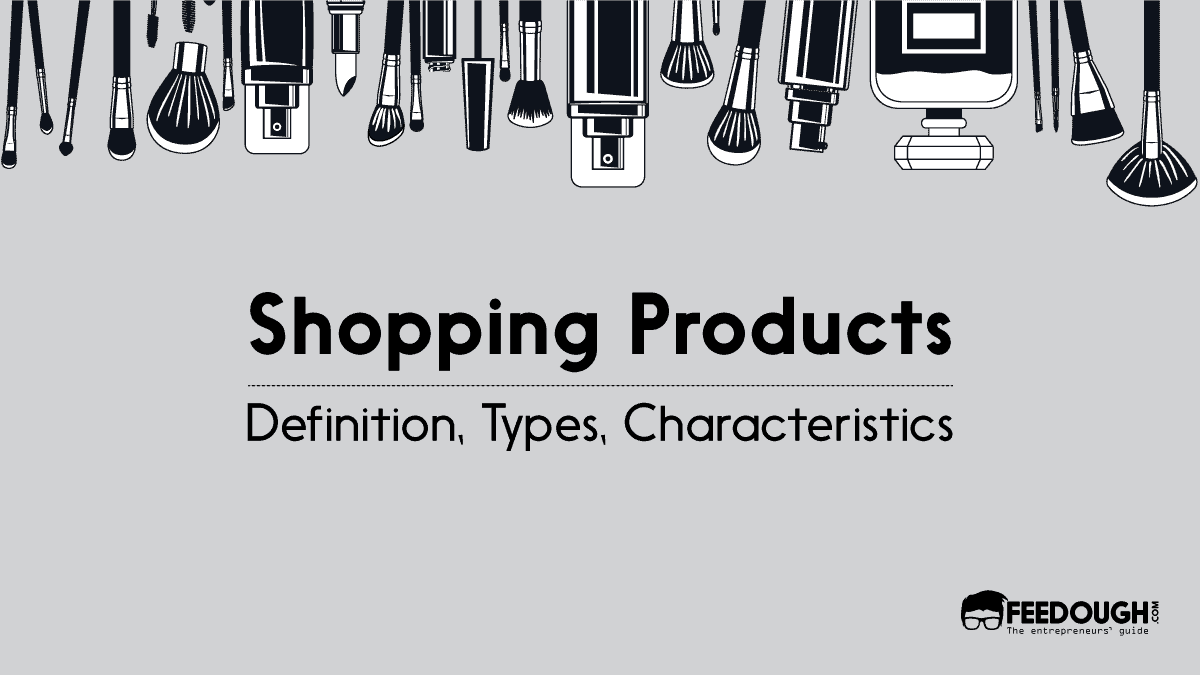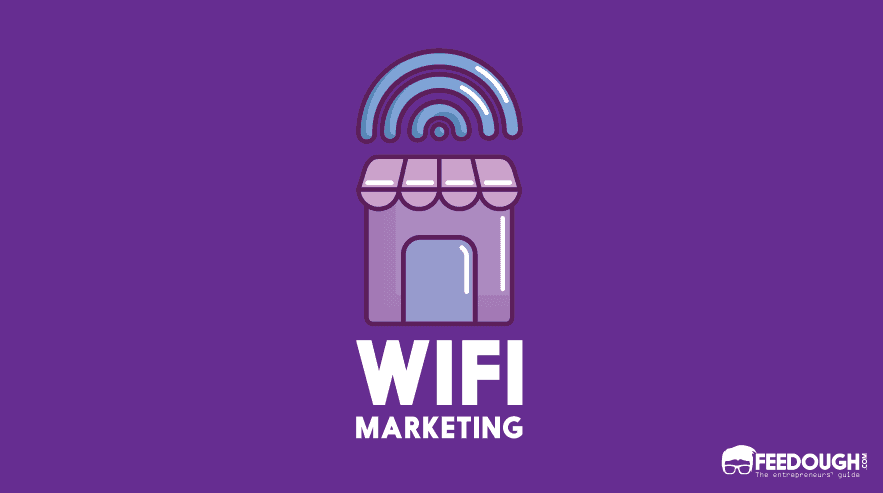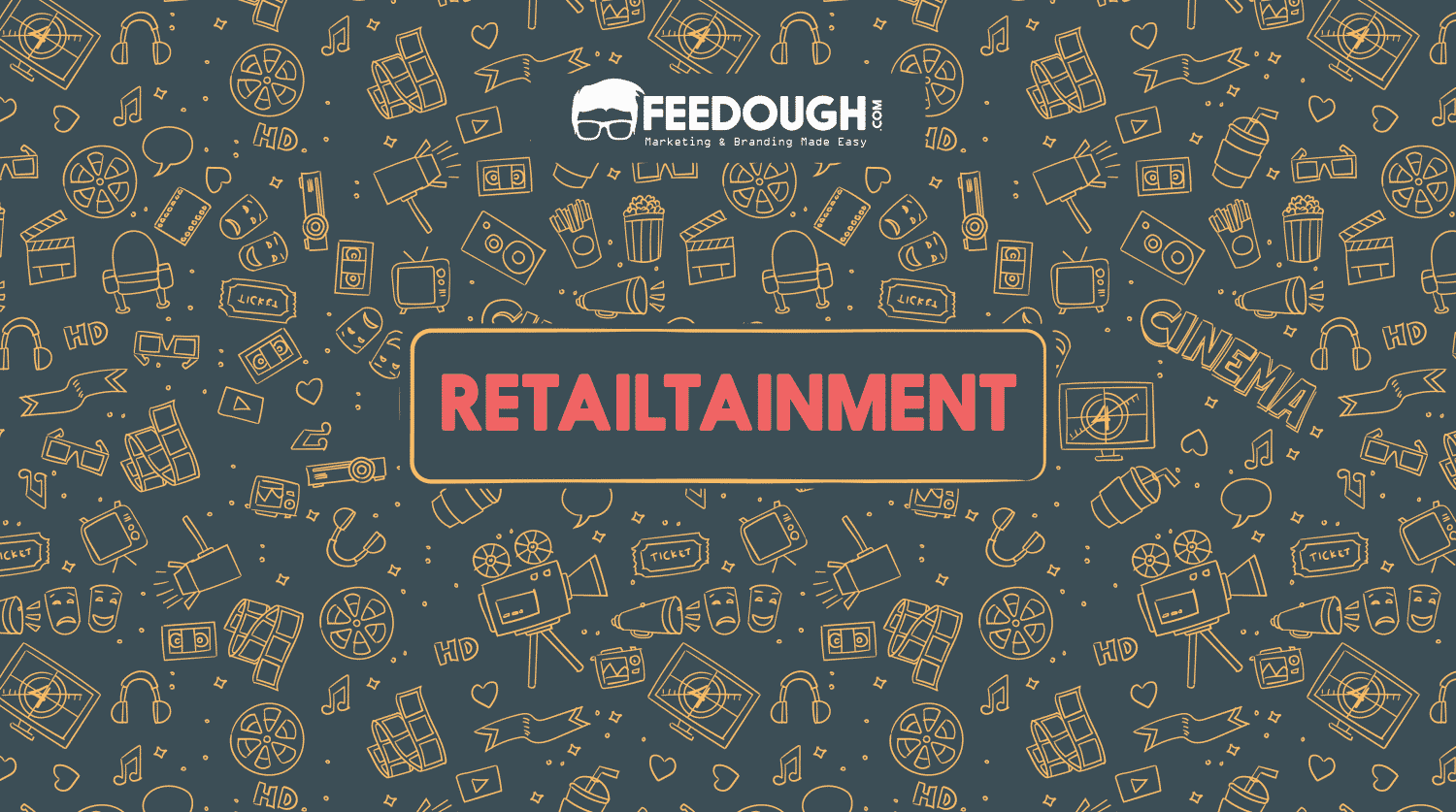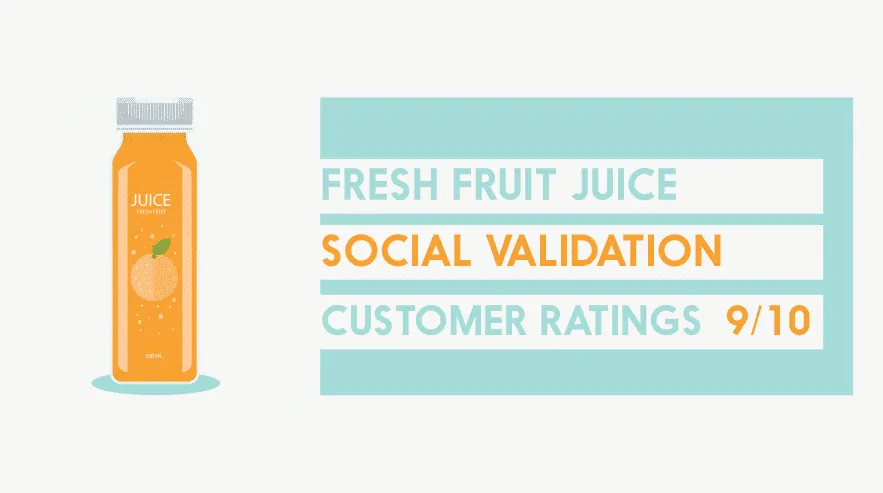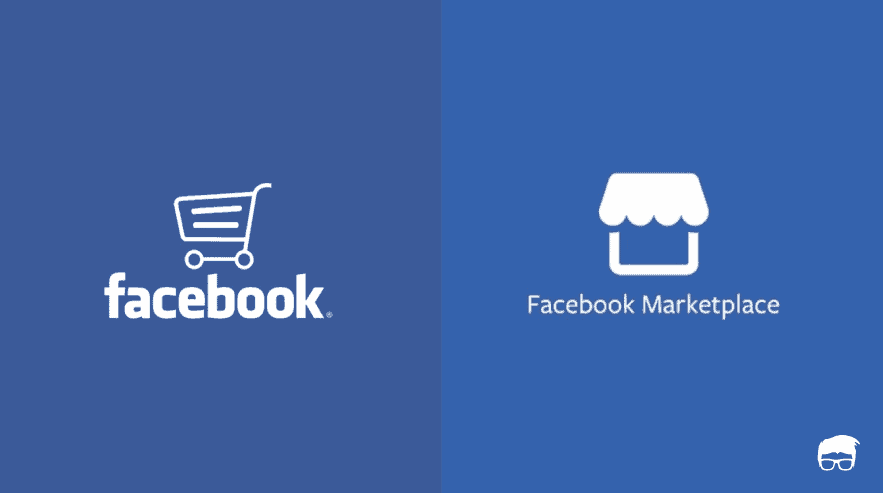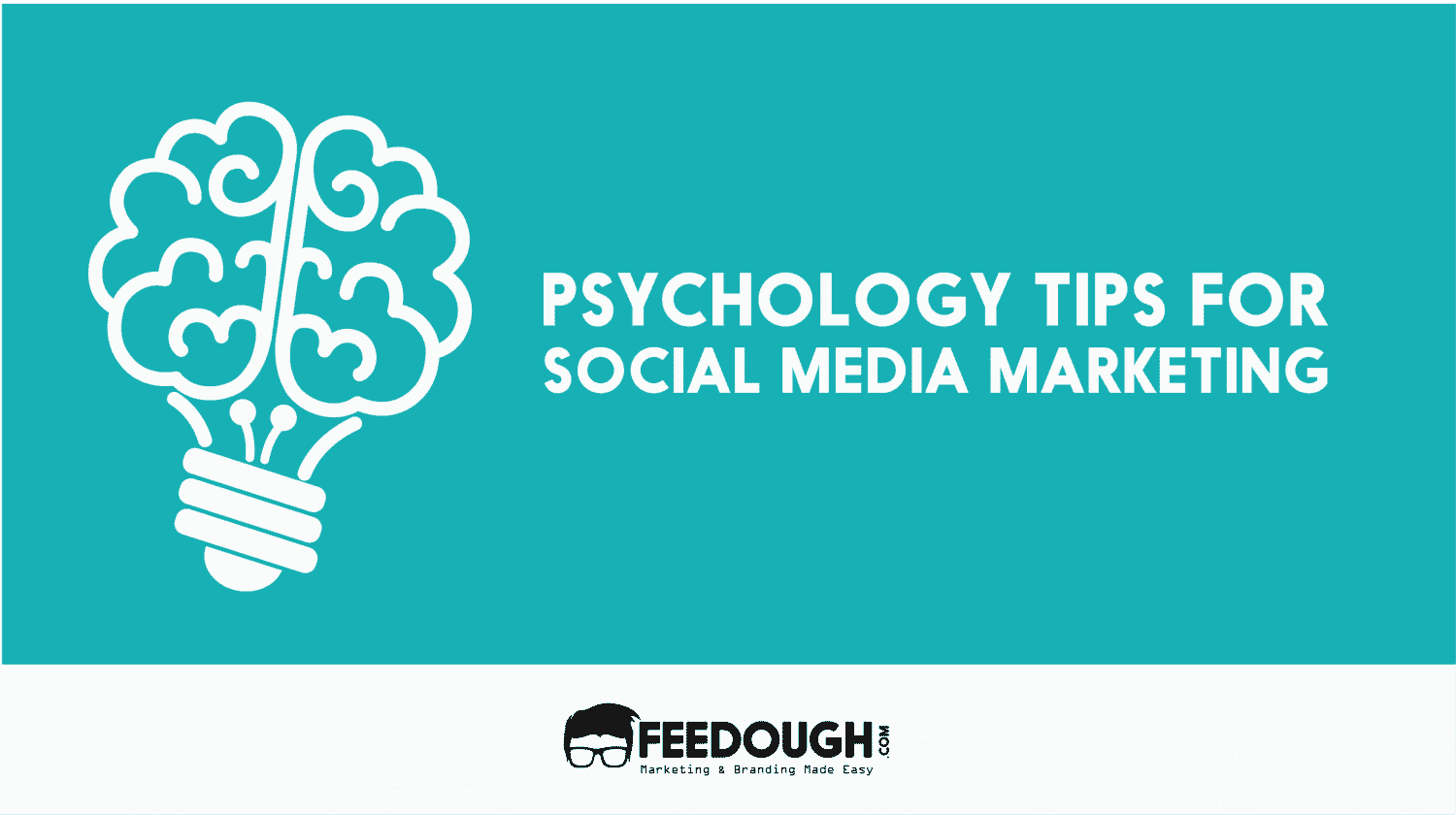Social networks influence most of your habits and you have become such dependent on the social media that you prefer anything which involves social networking over those which don’t. Social shopping is one such social network integrated shared shopping experience.
What is Social Shopping?
Social shopping is what we get when e-commerce meets social networking.
Social shopping is when social networking aspects like friends, groups, comments, recommendations, discussions, votes, influencers, etc. are combined with the shopping experience. It is the use of technology to mimic the offline shopping experience like discussions with friends before buying, taking group discounts, recommending products or services to someone, etc.
Startups and even big e-commerce players have succeeded in creating varied social shopping experiences for their customers. These include:
Group Shopping
Groupon developed its business model to make group shopping and group discounts a new trend in the e-commerce marketplace. This led to the origin of many other group buying websites like BuyWithMe, LivingSocial, etc. These companies used the power of crowdsourcing to create a better shopping experience for the users.
This social shopping category was transformed into the daily deals marketplace which helps users discover and save on things to do, see, eat and buy.
Communities
Shopping communities bring like-minded people together. These communities are made by the people for the people. They recommend products, help others choosing the products, find deals for the members, and are a one-stop solution for every shopping fanatic. Shopping communities dominate the social shopping sphere. They include groups on social websites like Facebook, Pinterest, etc. or specifically designed websites like Polyvore, Opensky, etc.
E-commerce Integration In Social Networks
The focus of social media websites like Facebook, Instagram, and Snapchat, etc. have shifted from like to buy. Many new features are introduced to make it easier to shop on these platforms.
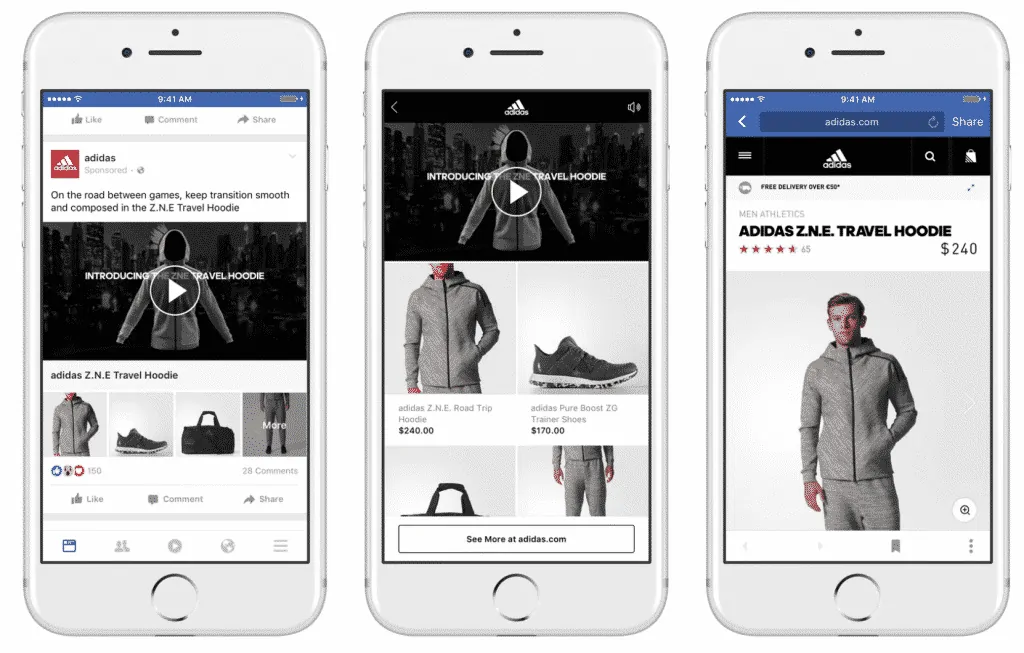
Facebook has recently launched a new feature ‘products in the video/image’ which directly links to the e-commerce store of the advertiser and makes it easy for people to buy, share, ask for a recommendation from friends, save for later, etc.
The stories feature in Snapchat and Instagram lets user swipe up to get redirected to the e-commerce store of the buyer.

Facebook has even launched a social marketplace for its users to buy and sell on its platform.
Recommendation Engines
Review systems on e-commerce websites, influencer blogs, comparison websites etc. connect verified buyers to the prospective customers. These influencers and reviewers post about their experiences and give a recommendation on whether to buy or not to buy the specific product. Customers often look for these recommendation engines before buying.
Mobile Payments and Bill Splitting
To mimic the real offline shopping experience, many e-commerce platforms have partnered with mobile payments solutions companies like Venmo to provide bill splitting and mobile payment options to the customers.
Social Shopping = Social Networking + Shopping
Social shopping, also known as collaborative shopping, is an experience which possesses the following features:
Networked Shopping
Social shopping connects you to people with similar interests. These can be your friends, family, or any stranger with similar interests.
Participant. Not an audience.
You actively participate in the social shopping experience and everything revolves around you.
Personification Of Brands
Brands have personified themselves to become a part of the social networking ecosystem. Facebook and Instagram pages, Snapchat and Youtube channels, etc. require the brands to act like actual humans, have a definite face, voice, and tonality. The brands become part of the user’s network and vice versa.
Why Is Social Shopping On A Rise?
Even before the inception of the internet, people used to prefer social networking while shopping. The social aspect made shopping easier and more enjoyable. This social networking aspect, however, was taken away with the launch of online shopping websites which relied on traditional ‘consumer is the audience’ approach.
Today, with the rise of social media platforms, it’s possible to mimic the offline social-shopping experience. Brands try to make your shopping experience as user-friendly and as sociable as possible. In addition, they have become a bigger part of your life than they were before. You can talk to the brands, have experiences with them and they even recommend you things to shop.
“Shoppers will always want a better experience that is easily accessible, and Facebook and Twitter can offer the platform to do this. The foundation for social shopping to succeed is already there – Facebook is already testing it with Facebook Marketplace – it’s up to the boldest retailer to take note, provide a strong customer service and implement a strategy that integrates social media into the overall online offering.” – Naji El-Arifi, head of innovation at global e-commerce consultancy Salmon
Time and attention are among your most scarce assets and with the availability of such a huge amount of information and resources, you direct them to the places which you think deserve the most. Social shopping makes use of consumer psychology and attracts your attention by including the social networking features which you feel are most needed in your shopping experience.
- Every customer wished he could talk to the verified buyers of the product before making the purchase. This led to the addition of recommendation/review engines on the website.
- Facebook launched its marketplace just because its users desired for an online store where they can easily contact their friends while shopping.
- Groupon developed its business model just to make use of crowdsourcing for group discounts.
- Influencer marketing is a huge deal today. They influence the purchase decisions of millions.
According to a research, Seventy-four percent of consumers rely on their social networks to make purchase decisions and 56% of the consumers who follow brands on social media sites visit them to view products and images to inspire their purchases. The online social network has more effect on the consumer’s purchase process than the offline network has had. Social shopping is the new revolution every consumer was waiting for.
Social Shopping & Social Commerce. Is There A Difference?
Social shopping and social commerce are two different names given to the same social shopping experience. Nevertheless, you use social commerce to refer to the business model of the organization and social shopping to refer to the experience of the consumer.
Go On, Tell Us What You Think!
Did we miss something? Come on! Tell us what you think about this article on social shopping in the comments section.
A startup consultant, digital marketer, traveller, and philomath. Aashish has worked with over 20 startups and successfully helped them ideate, raise money, and succeed. When not working, he can be found hiking, camping, and stargazing.
